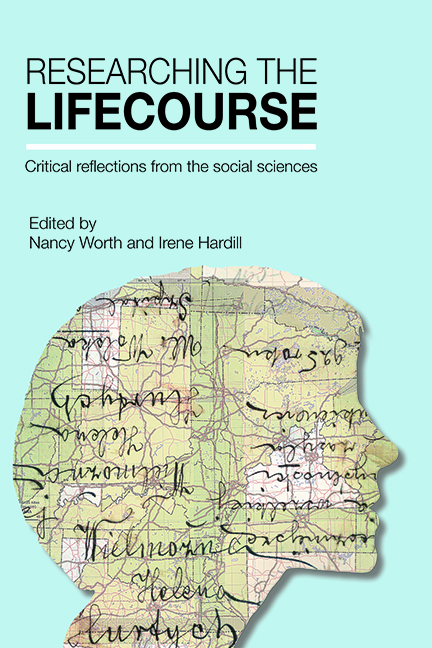seven - Using mapmaking to research the geographies of young children affected by political violence
Published online by Cambridge University Press: 08 March 2022
Summary
Introduction
Mapmaking can be a process by which individuals orient themselves and navigate from place to place. The process of mapmaking can also be used as a tool for understanding one’s sense of place. The mapmaking experience is rooted in what Sobel (1998, p 5) identifies as ‘our visual, kinesthetic, and emotional experiences’. As a visual method, mapmaking provides one example of how individuals engage with place. Individuals throughout the lifecourse – from young children to ageing adults – influence and are influenced by place. And in order to better understand individuals’ experience with place, research methodologies have increasingly turned to visual methods. For example, the burgeoning field of children’s geographies has pioneered visual methodologies in order to understand the emplaced experiences of children in a variety of contexts.
In this chapter, I focus on mapmaking as a promising method in lifecourse research, specifically illustrating how I have used it in research to investigate young children’s personal geographies. As defined by Blaut and colleagues (2003, p 165), mapmaking is the process by which one creates a text ‘that represent a geographical landscape in the traditional map-like way, reduced in scale and depicted as though viewed from overhead’. However, for young children, a map may be more broadly conceptualised as a drawing that depicts spaces and places. The process of mapmaking is especially relevant for a methodological exploration of place, because maps represent an epistemological process – how one sees the world and one’s place within it.
Sobel (1998, p 3) notes that mapmaking is an ‘inherent human endeavor’ for a range of ages and stages from the young child to the older adult: ‘Just as the young child has an innate tendency to learn to speak and count and sing and draw, the child also has a tendency to make maps’. Indeed, maps, in their many forms, are one of the earliest forms of visual information (Wood, 1992). Furthermore, because of their visual nature, maps are easily accessible to children. Berger’s (1990) notion that ‘Seeing comes before words … and establishes our place in the surrounding world’ confirms the importance of the visual in the early stages of the lifecourse.
- Type
- Chapter
- Information
- Researching the LifecourseCritical Reflections from the Social Sciences, pp. 123 - 142Publisher: Bristol University PressPrint publication year: 2015
- 1
- Cited by



